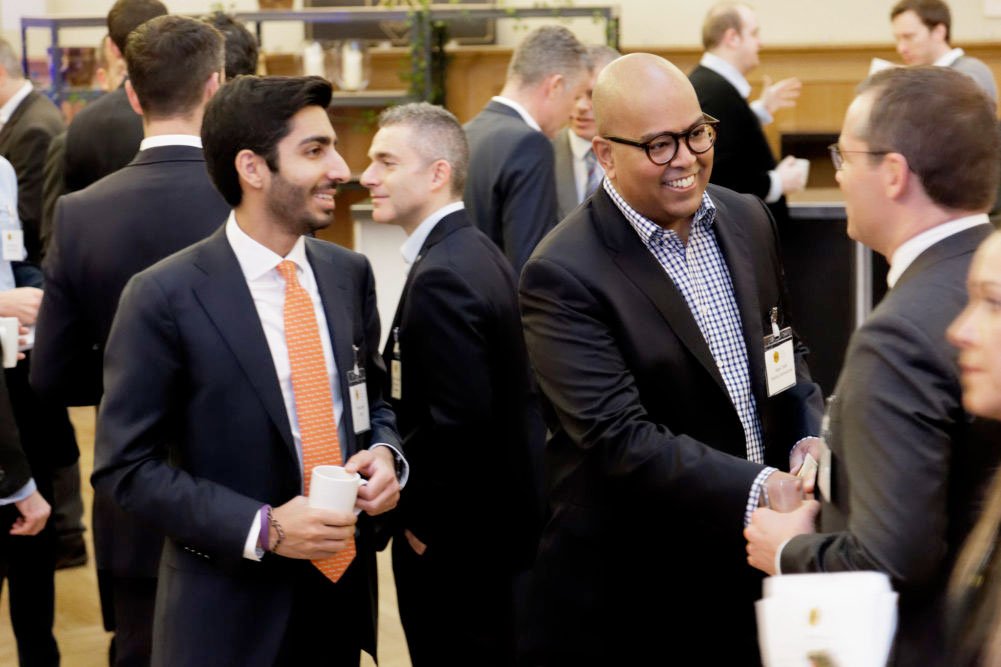The Finance Hive is a multi-asset buy side community, powered by head traders and technologists from the largest and most innovative firms globally. We provide a safe-space for senior and head traders to make smarter, faster decisions by exchanging ideas, benchmarking, collaborating and lobbying as a collective.
These last few months we have evolved from a network into a living and breathing community as together our members across the globe have navigated the changing conditions and shared, learned and generally sought comfort.
Ahead of our ‘Dealing with Data’ gathering in January, we have pulled together some of the insights from the community these last few months.
CV-19’s impact on the desks. In conversation with BlackRock, T. Rowe Price and Capital Group…
Investment priorities of our Equities members looking into 2021:
We asked a group of 40 senior traders what the most important factor changing the buy side trader’s role:
A checklist of the key findings from a discussion on market impact from a recent meeting of Equity trading heads:
- Covid-19 has accentuated the need to have the data, analytics, and insights to determine a good trade based upon liquidity source.
- Many smaller buy side firms have limited data & lack quant expertise – having trade analysts and quant expertise will be essential for trading teams in the future.
- Setting pre-trade outcomes, benchmarks & having post trade analytics allows firms to measure and adapt to give the client a better outcome – this needs to be built into the process.
- The ability to measure market impact starts with having a Portfolio Manager Profile. Try to understand whether their style is passive or aggressive, the overall fund strategy, goals of the specific trade and patterns of trading to determine pre-trade benchmarks & post-trade reporting to ensure it is useful.
- Segmenting portfolio managers into 3 areas of intent is useful to decide upon the best execution strategy for traders – 1. Passive; 2. Active & time Sensitive; 3. Active & Price sensitive. Effective trading must be based upon their styles.
- TCA data should be used over time to capture trends and presented in the right way to add long term value across all teams & drive performance. Deviations whether underperforming or overperforming should be flagged and encourage deeper investigation into orders, dealers, brokers to understand the key drivers & what steps should be taken.
- The provision of adaptable and scalable reports along with knitting orders together is key when selecting a TCA provider. Challenge providers to develop solutions fit for purpose for your business & requirements at proof of concept stage.
- Having one EMS provider with TCA tool built in can be more seamless, as there are less data issues with everything centralised. The ability to slice and dice to report on PM strategies, brokers, trades is essential to extract the value & insights needed to improve.
- TCA by channel provides the most useful insights. Low touch trades have more commonality making comparisons and benchmarks more robust meaning you can gain a strong sense of performance around latency, venues & routes to market. High touch trades are typically more complex & more about the PM style & strategy across the long term, so comparing execution costs can be a difficult argument & a thematic approach is needed.
- Trading analysts cannot be a small bit part role as they will care less for the data – it needs to have an owner who bridges the gap between execution team & portfolio managers.
- Outsourcing passive execution trading services or operational functions has grown largely within smaller buyside firms where it is cost prohibitive to employ specialist & skilled trader teams. Therefore, proof of value to a trade’s execution is paramount.
- Outsourcing execution services can come at a price, as the relationship & flow of information between internal PM & trader teams that most firms rely upon will be replaced by a custodian relationship where all eggs are in one basket & would be difficult to retrench from.
- Outsourcing firms will offer often a wider & deeper broker list across many geographies; however, their more concentrated order execution process means they can impact the performance of a portfolio manager & impact overall performance.
- Outsourcing firms can offer value in some situations such as for those firms who do not want to employ traders for overnight trading in different markets, holiday cover & flipping deals, but level of service is often low so it becomes a cost vs service decision.


